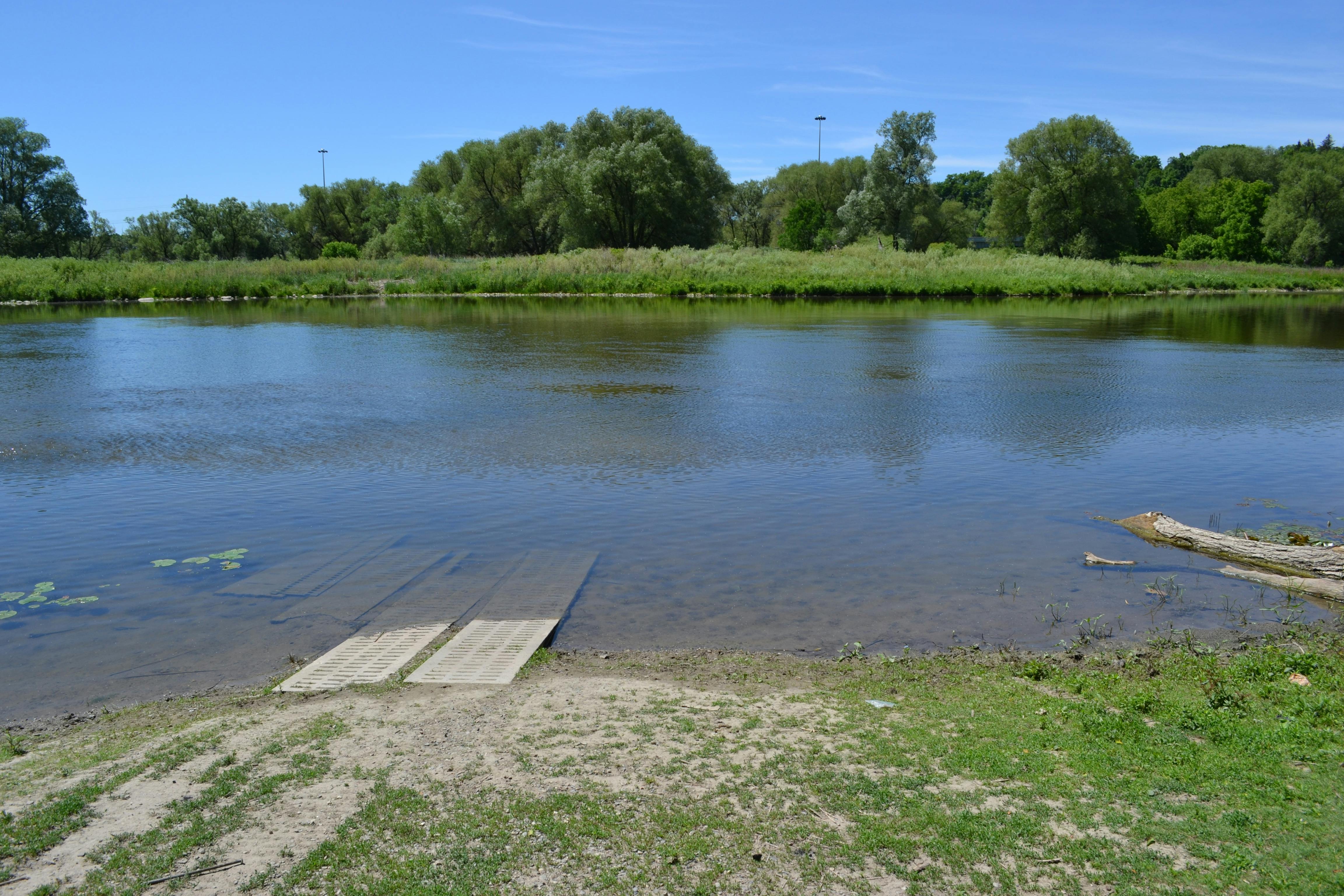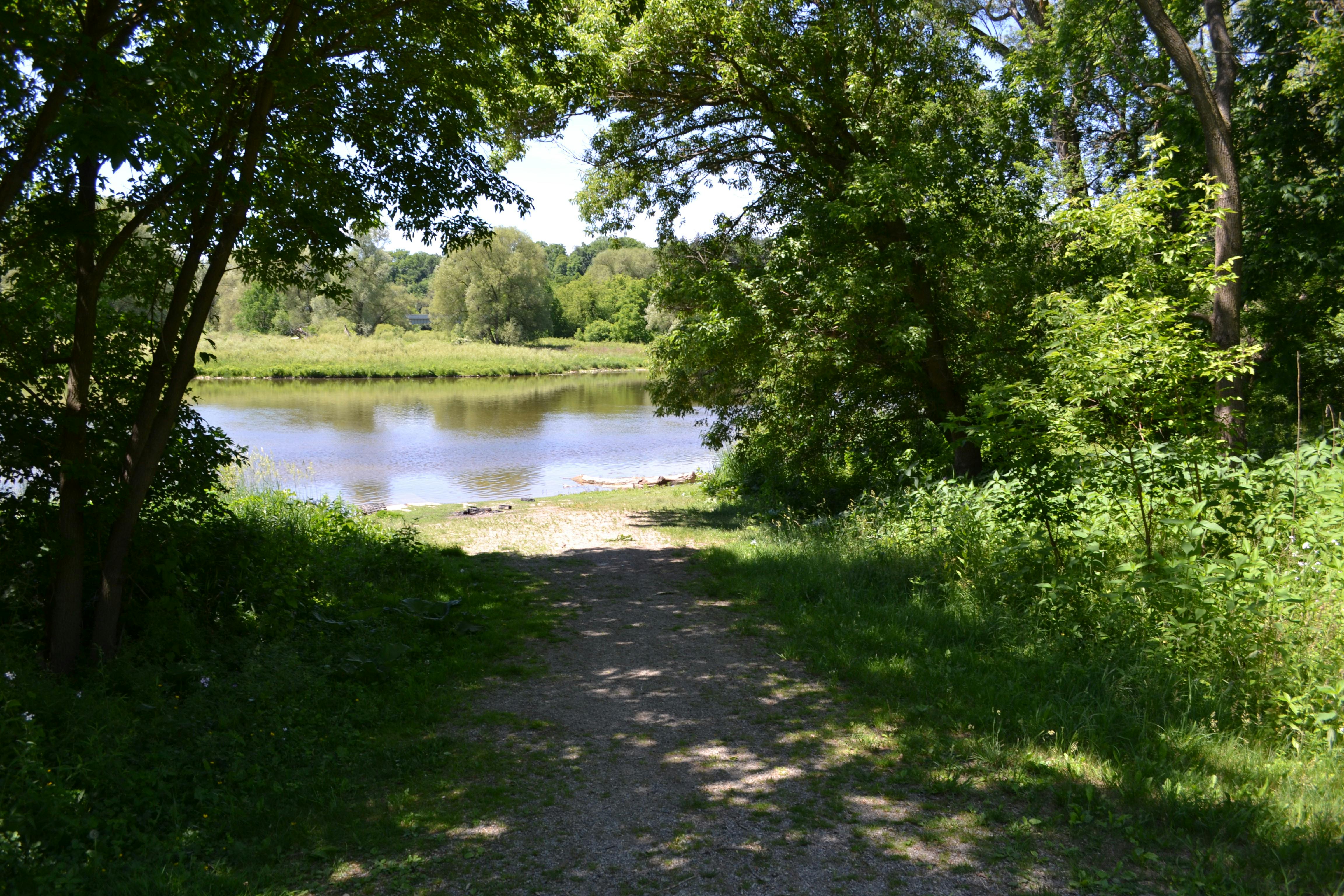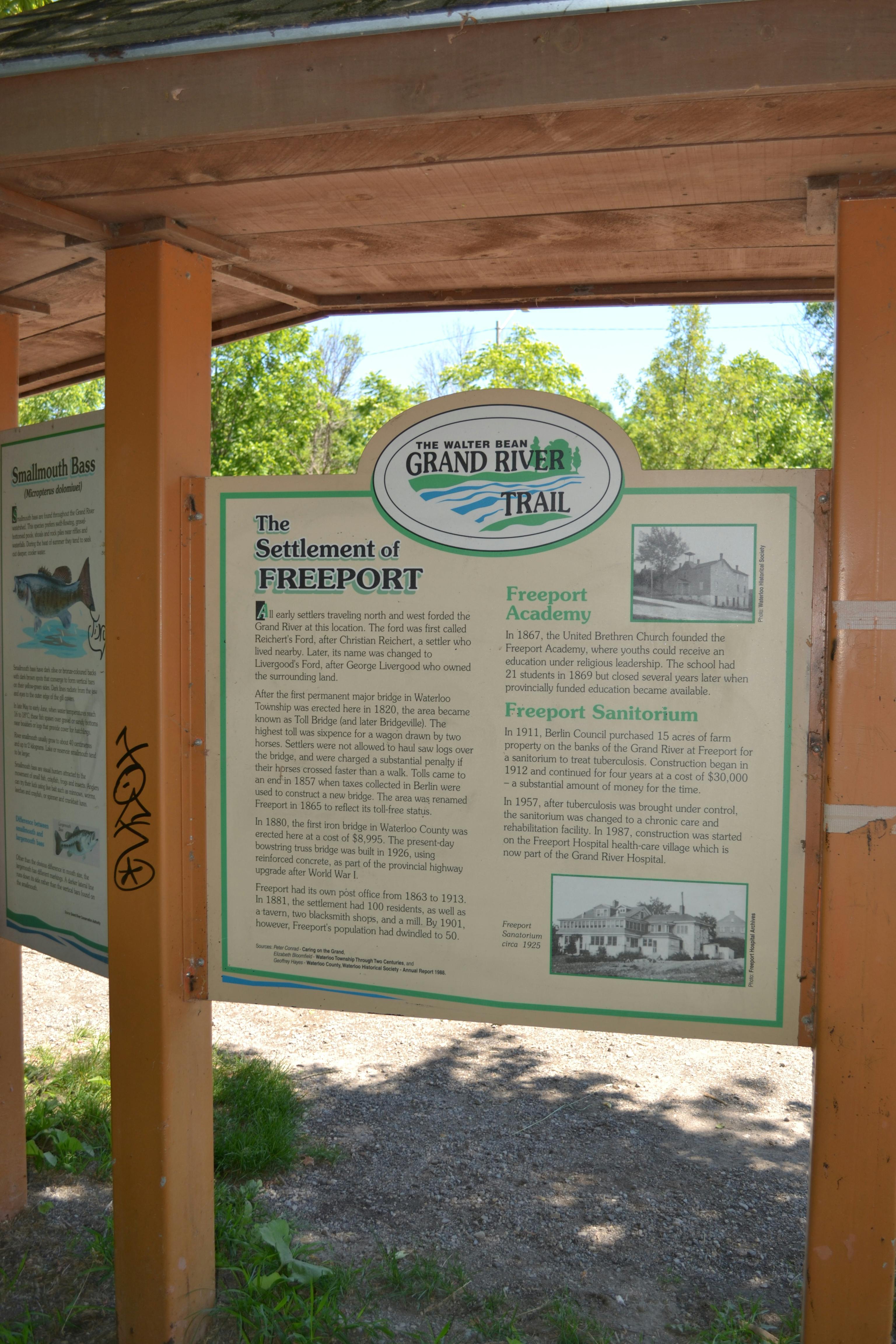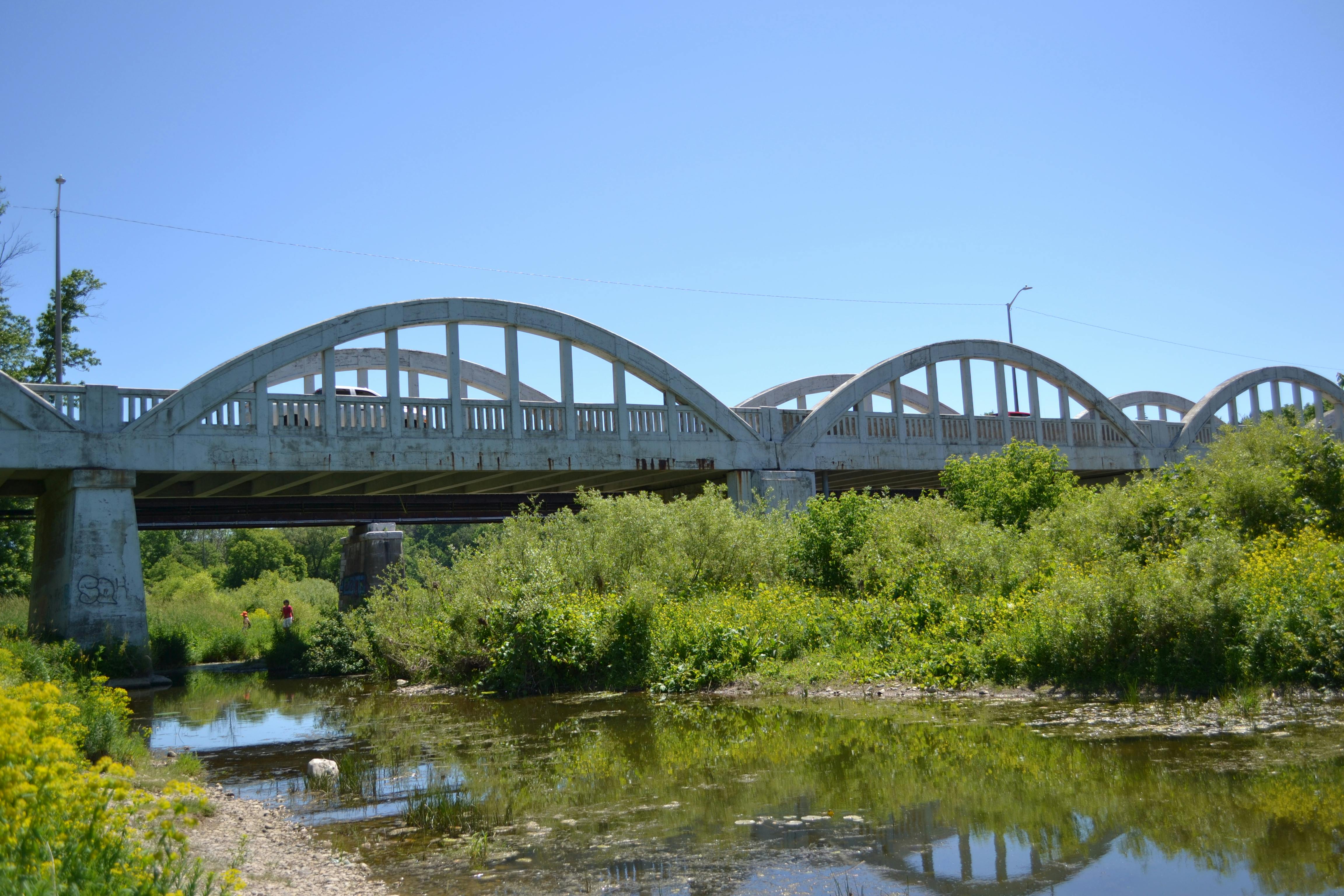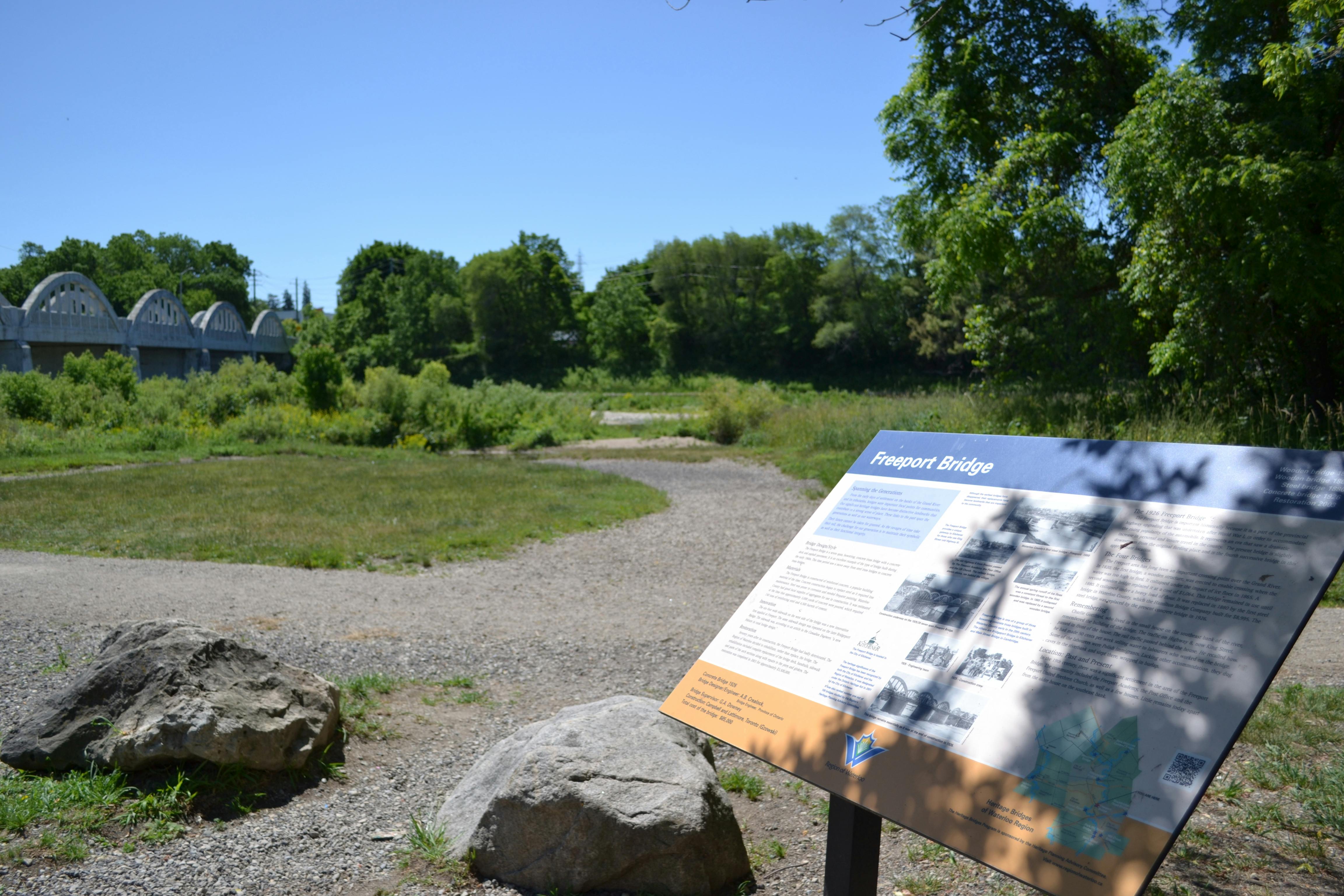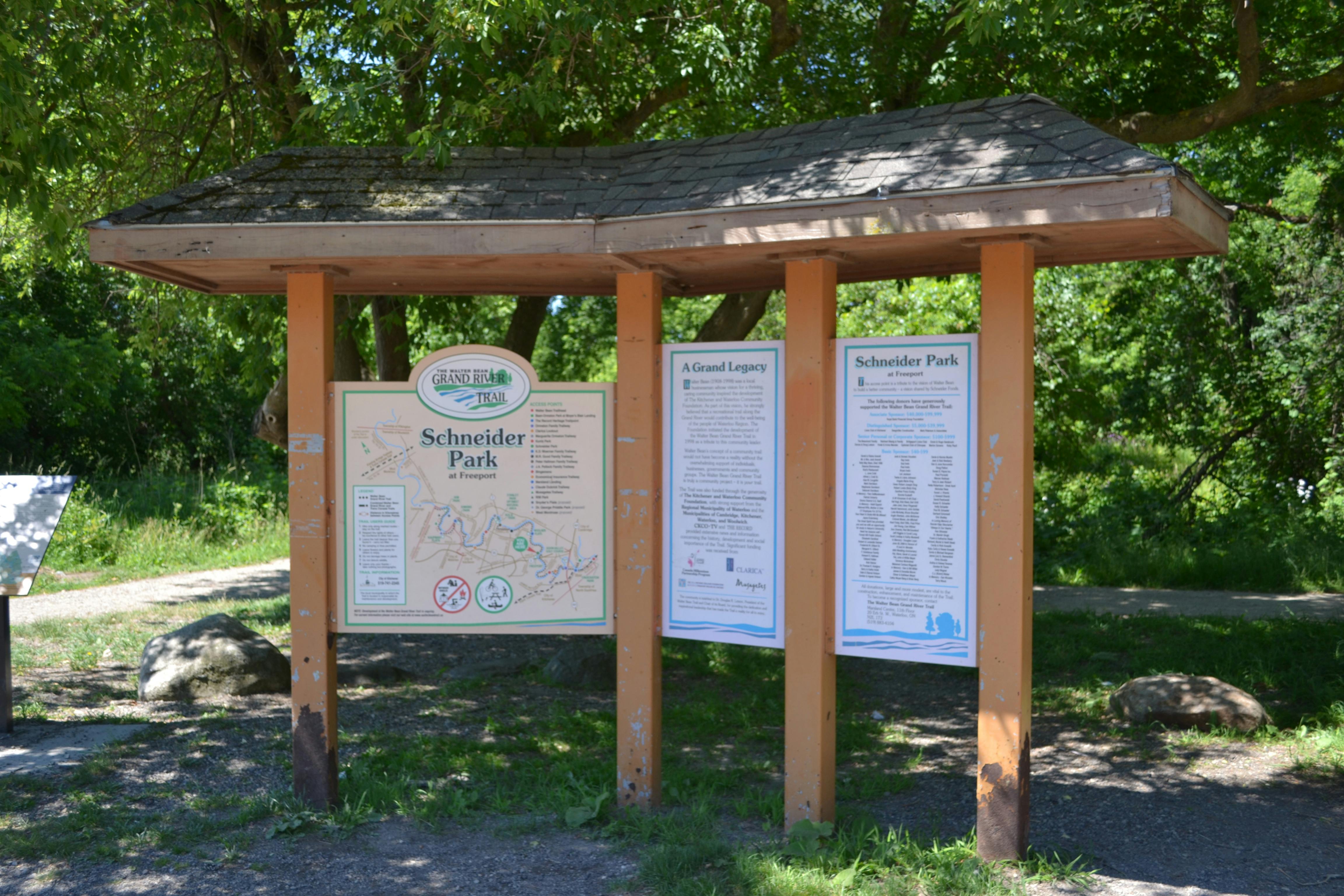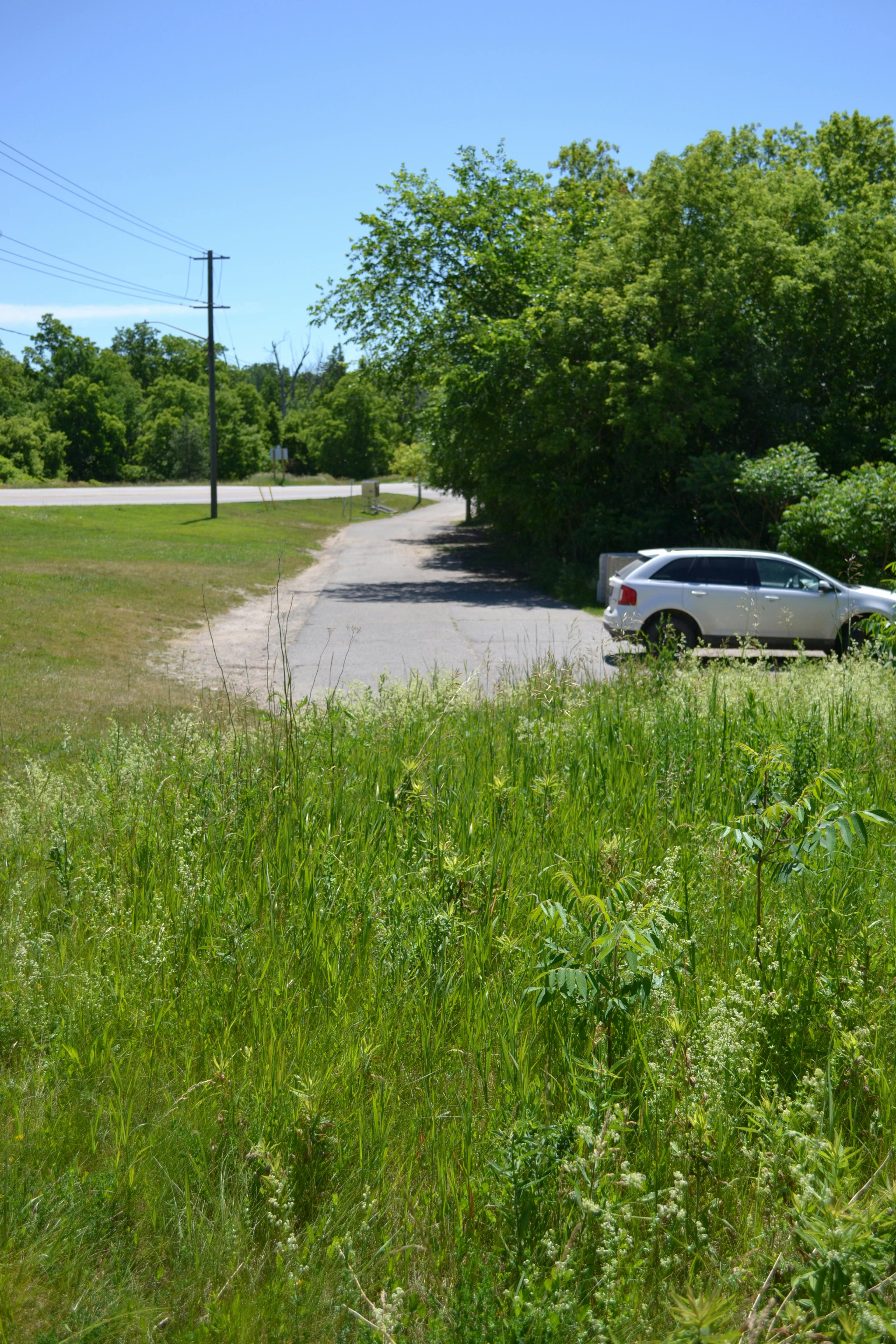This project supports the Region of Waterloo's strategic focus area(s):

 "There is a nuclear bunker in our community?! Why haven't I heard of it?!"
"There is a nuclear bunker in our community?! Why haven't I heard of it?!"
In 1966, at the height of the Cold War, Waterloo County built a Municipal Emergency Government Headquarters (MEGHQ), a fall out shelter to house the people they felt they needed (government officials, engineers, etc.) to keep the government going in the event of a nearby nuclear attack. Luckily, we never needed to use the bunker for its intended purpose and it was "decommissioned" in 1992. Since then, it has been used in training exercisesContinue reading
This project supports the Region of Waterloo's strategic focus area(s):

 "There is a nuclear bunker in our community?! Why haven't I heard of it?!"
"There is a nuclear bunker in our community?! Why haven't I heard of it?!"
In 1966, at the height of the Cold War, Waterloo County built a Municipal Emergency Government Headquarters (MEGHQ), a fall out shelter to house the people they felt they needed (government officials, engineers, etc.) to keep the government going in the event of a nearby nuclear attack. Luckily, we never needed to use the bunker for its intended purpose and it was "decommissioned" in 1992. Since then, it has been used in training exercises and by community groups, but- has been vacant since 2017 due to the presence of asbestos and mold within the building.
The Region is looking for ideas from the community about how this unique structure, in a beautiful setting, could be adapted for modern uses. To go directly to the survey please click here: Adaptive-reuse-survey
About the Structure
- The 5,720 sq. ft. structure is next to the Grand River on approximately 1.5 acres of land.
- Mounded earth structure was built into the landscape to be inconspicuous.
- It was built to be self sufficient with its own sewage and water systems and generator for electricity.
- It could house about 40 individuals for several weeks.
- There were women's and men's dormitories, toilet and shower facilities, a kitchen, operations room, lecture room and decontamination areas.
- The 10 inch thick concrete walls and roof give it a nuclear fall out rating of 500 (the radiation inside the structure was 1/500 what it would be outside the structure)
Today, washrooms and several smaller rooms remain as well as a large 1,600 sq. ft. room that opens onto a lawn leading to the river.
There are limitations on what the MEGHQ could be used for today. Because of the close proximity of the Grand River and flood plain, it can not be used for any sort of overnight accommodation.
"Where is the MEGHQ Bunker?"
The Bunker is located on the banks of the Grand River adjacent to:
- the Schneider Park boat launch;
- the Walter Bean Trail;
- the Freeport Campus of Grand River Hospital;
- the historic Freeport Bridge;
- an iXpress bus stop (Route 206);
The Bunker is just minutes away from Fairview Road, and less than 2 km from the proposed Sportsworld Crossing ION LRT station.
"The Cold War wasn't so long ago, this represents a dark part of our history that most want to forget. The Bunker is not a significant cultural heritage resource we should be saving."
Heritage Significance
- This structure is unique: It is believed to be the only example of a purpose-built Municipal Emergency Government Headquarters (MEGHQ) still in existence and in government ownership in Canada.
- It was designed by the same architectural firm that designed the CN Tower.
- It uses a form of construction that is unique and will rarely, if ever, be replicated again in modern times.
- It is a relic of a relatively short but impactful and scary time in our nation's history.
"So what is happening now with the MEGHQ nuclear bunker?"
Please give us your opinion on this rare piece of Cold War history and tell us how you think the bunker could be used.
To take part, please complete the survey : Adaptive-reuse-survey
You may also email your comments to Regional staff at: bcoady@regionofwaterloo.ca

 "There is a nuclear bunker in our community?! Why haven't I heard of it?!"
"There is a nuclear bunker in our community?! Why haven't I heard of it?!"
